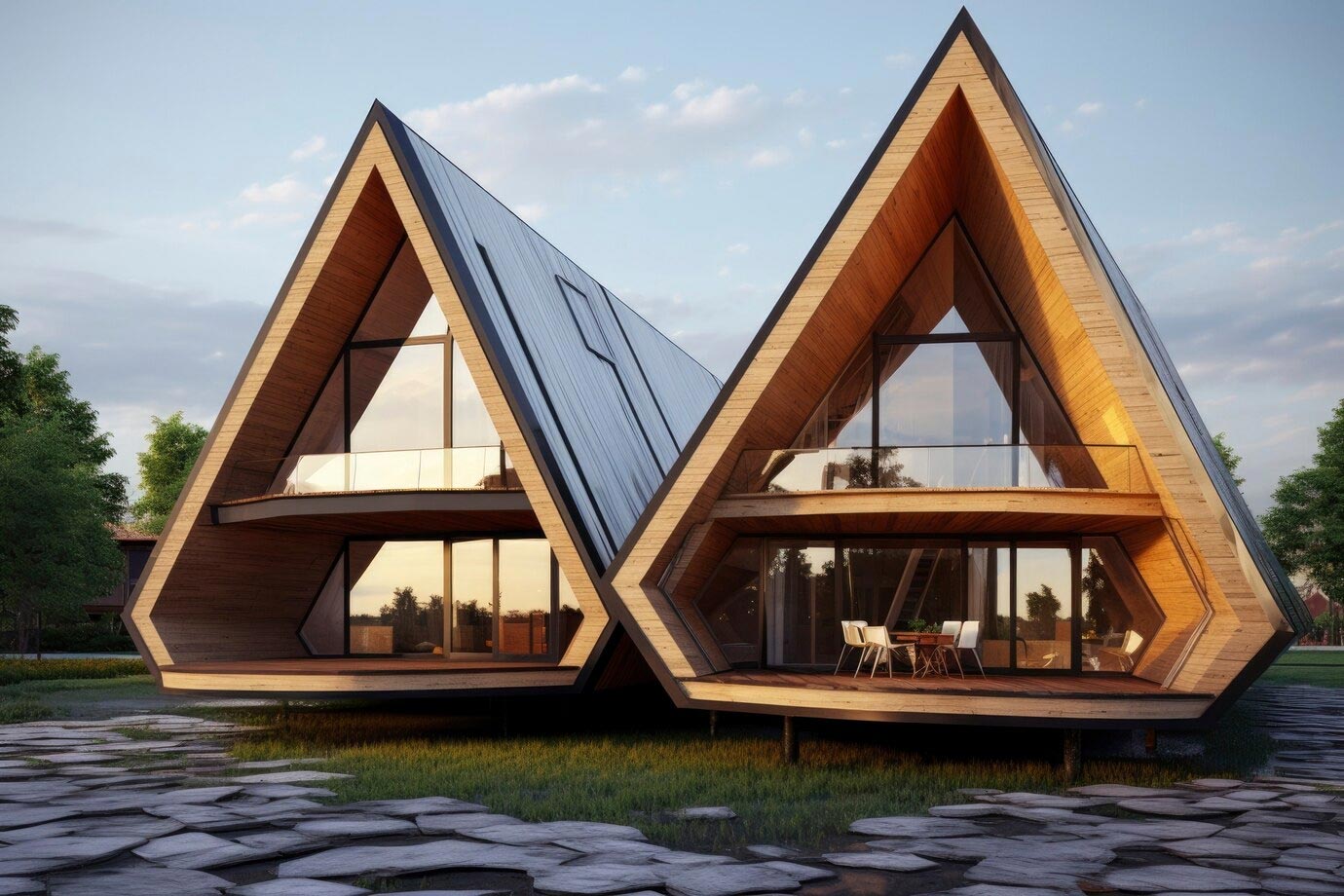When considering the construction of a cabin, one of the primary considerations that arises is the shape of the structure. The shape of a cabin not only influences its aesthetic appeal but also its functionality, the ease of construction, energy efficiency, and how well it integrates with its surrounding environment. This article explores various cabin shapes, weighing their advantages and disadvantages, to help you determine the best shape for your cabin needs.
**Traditional Rectangular Shape**
The most common cabin shape is the traditional rectangular or square design. This shape is popular due to its simplicity in design and efficiency in maximizing space. Rectangular cabins are easier to construct and often more cost-effective than more complex shapes. They provide a straightforward layout for interior design, allowing for clear divisions between rooms and easy placement of furniture. Additionally, materials for rectangular buildings are typically more readily available and less expensive.
However, the rectangular shape may not be the most efficient in terms of energy consumption. Its flat walls and sharp corners can lead to higher heat loss. Moreover, if not positioned correctly, rectangular cabins may not take full advantage of natural light, potentially increasing lighting costs during the day.
**A-Frame Cabins**
A-Frame cabins, known for their steeply angled sides that usually begin at or near the foundation line and meet at the top, are a visually striking option. This design is particularly beneficial in snowy regions as the steep roof prevents the accumulation of snow, reducing the risk of structural damage. A-Frame cabins also tend to have a smaller surface area, which can reduce heat loss, making them more energy-efficient.
The downside to A-Frame cabins is the limited usable space they offer, particularly on the upper floors. The sloping walls can create awkward spaces, making furniture placement challenging and reducing the overall functionality of the space.
**Circular and Geodesic Domes**
Circular cabins or geodesic domes are known for their unique appearance and structural strength. The spherical design evenly distributes stress, making these cabins highly durable and capable of withstanding severe weather conditions, including high winds and heavy snow loads. Geodesic domes also offer excellent energy efficiency, as their shape allows for even distribution of air with less surface area exposed to the elements, reducing heat loss.
On the downside, circular designs can be more complex and expensive to construct. Interior design can also pose challenges, as standard furniture and fittings often do not match the curvature of the walls, requiring custom solutions.
**Log Cabin Style**
The traditional log cabin style, with its rustic aesthetic, is favored for its charm and connection to nature. Log cabins are built using horizontal logs interlocked at the corners. They can be energy efficient due to the thermal mass of the logs, which absorb heat during the day and release it at night. This style is especially popular in wooded or rural settings where natural materials blend seamlessly with the surroundings.
However, log cabins can require more maintenance than other types of cabins. The wood may need regular treatment to prevent decay, pests, and moisture damage. Additionally, the settling of logs can lead to gaps that need to be resealed to maintain energy efficiency and structural integrity.
**Conclusion**
The best shape for a cabin largely depends on personal preferences, the specific needs of the occupants, the climate of the area, and the cabin’s intended use. A rectangular or square cabin might be the best option for those looking for simplicity and cost-effectiveness. An A-Frame could be ideal for snowy areas, while circular shapes or geodesic domes might appeal to those prioritizing durability and energy efficiency. Finally, the log cabin style is perfect for those who value aesthetics and a traditional look. Before making a decision, consider all these aspects to choose a cabin shape that best suits your requirements and blends harmoniously with its environment.

Leave a Reply